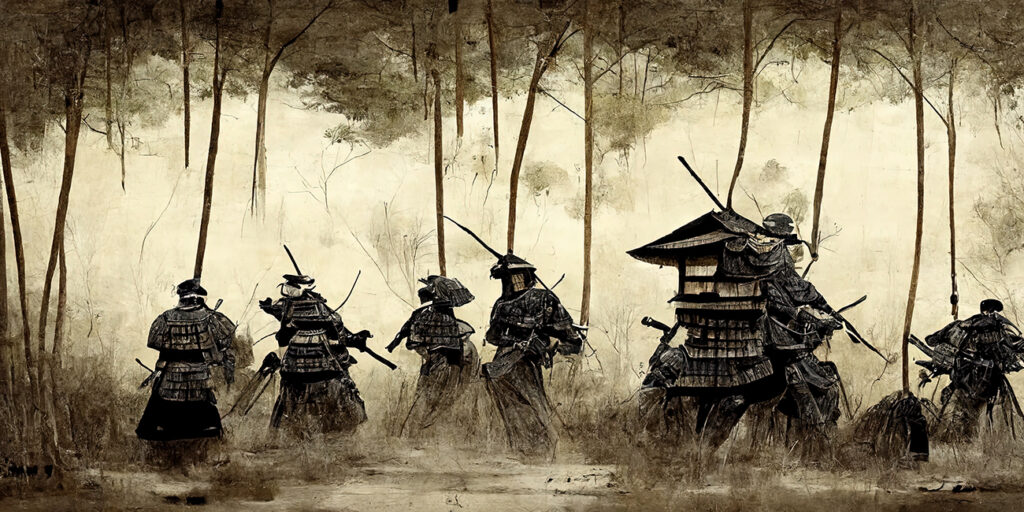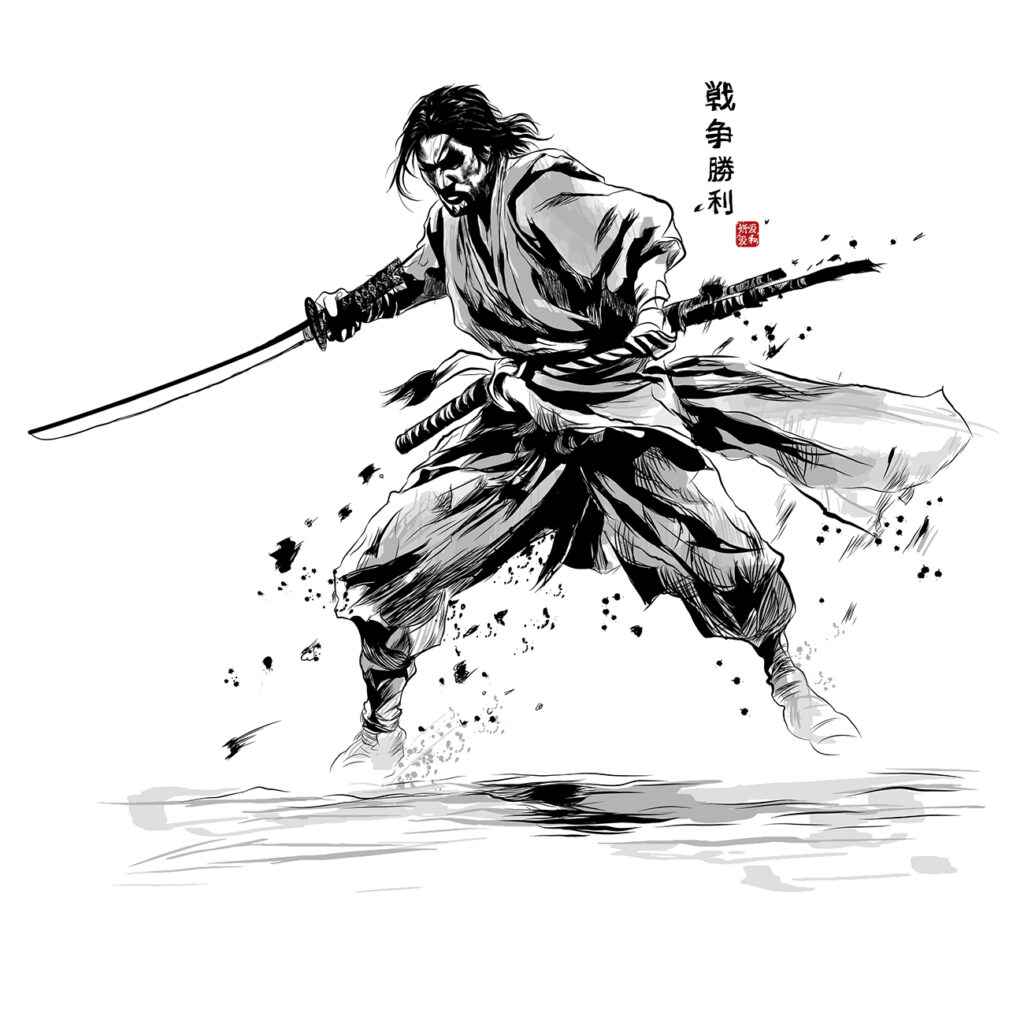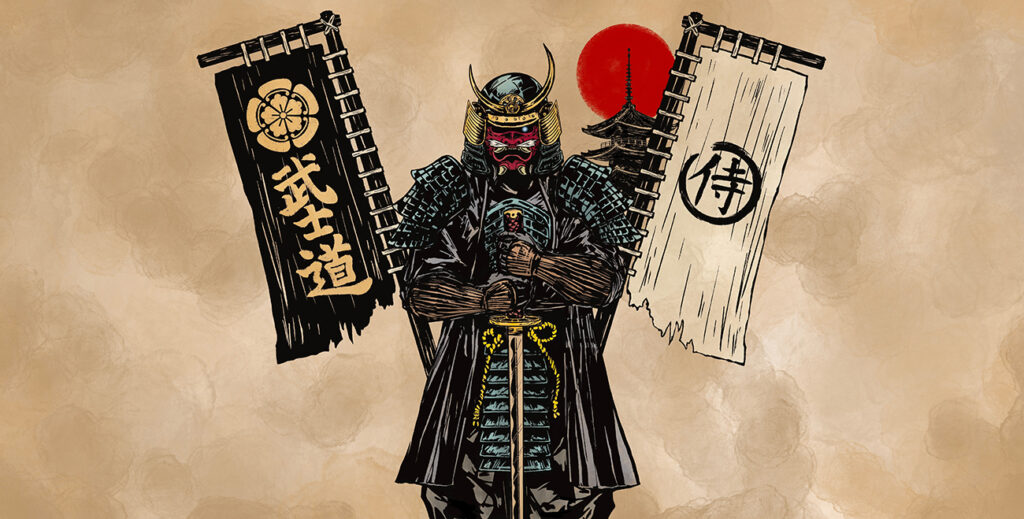
The Abolishment of the Samurai Class
At various points in Japanese history, new rulers sought to secure their authority through the implementation of a sword hunt (刀狩, katanagari). Armies were dispatched across the entire nation, confiscating weapons from potential adversaries of the new regime. This strategy aimed to prevent any forcible takeover of the country, mirroring the recent ascent to power by the ruling figure. One of the most well-known instances of a sword hunt occurred in 1588 when Toyotomi Hideyoshi issued the order. The advent of the Meiji Restoration in the 1860s marked the commencement of a significant era characterized by extensive modernization and Westernization. In 1871, sweeping reforms were enacted, leading to the abolition of the han system and the subsequent demise of feudalism and the class hierarchy. By 1876, regulations were enacted that prohibited samurai from carrying daishō (a matched pair of traditionally made Japanese swords), while peasants and townspeople were barred from wielding wakizashi, another type of traditional Japanese sword. This initiative also saw the establishment of a standing army and a police force. It’s noteworthy that this “sword hunt” specifically restricted civilians from wearing and carrying swords in public, rather than outright prohibiting the possession of weapons.
The advent of the Meiji Restoration in the 1860s marked the commencement of a significant era characterized by extensive modernization and Westernization. In 1871, sweeping reforms were enacted, leading to the abolition of the han system and the subsequent demise of feudalism and the class hierarchy. By 1876, regulations were enacted that prohibited samurai from carrying daishō (a matched pair of traditionally made Japanese swords), while peasants and townspeople were barred from wielding wakizashi, another type of traditional Japanese sword. This initiative also saw the establishment of a standing army and a police force. It’s noteworthy that this “sword hunt” specifically restricted civilians from wearing and carrying swords in public, rather than outright prohibiting the possession of weapons.
The Sword Abolishment Edict (廃刀令, Haitōrei) was promulgated by the Meiji government of Japan on March 28, 1876. This decree prohibited the public from carrying weapons, with the only exceptions being former lords (daimyōs), military personnel, and law enforcement officials. Regarded as a manifestation of a sword hunt, this directive aimed to restrict the possession of swords by ordinary citizens in public spaces. Those found in violation of the edict faced the confiscation of their swords.
As part of a broader effort to eliminate the traditional privileges associated with the samurai class, the Haitōrei constituted a pivotal measure in the government’s initiatives. The initial 1870 Haitōrei prohibited farmers and merchants from donning swords and adopting the attire of samurai, aiming to restore public safety and order during the tumultuous aftermath of the Meiji Restoration and the Boshin War.
In 1871, the Danpatsurei Edict permitted samurai to cut their top-knots and adopt Western hairstyles, though this was optional and encouraged rather than mandatory. The implementation of universal military conscription in 1873, coupled with the establishment of the Imperial Japanese Army, dismantled the samurai’s exclusive role in military service. Additionally, the hereditary stipends previously granted to samurai by their feudal lords (later assumed by the central government in 1871) were abolished in 1873. While the prohibition on wearing swords sparked controversy within the Meiji oligarchy, the prevailing argument contended that it was an outdated practice inconsistent with Japan’s Westernization.
On March 28, 1876, the Daijō-kan passed the Haitō Edict, extending the prohibition on carrying swords to former samurai, now referred to as shizoku.
